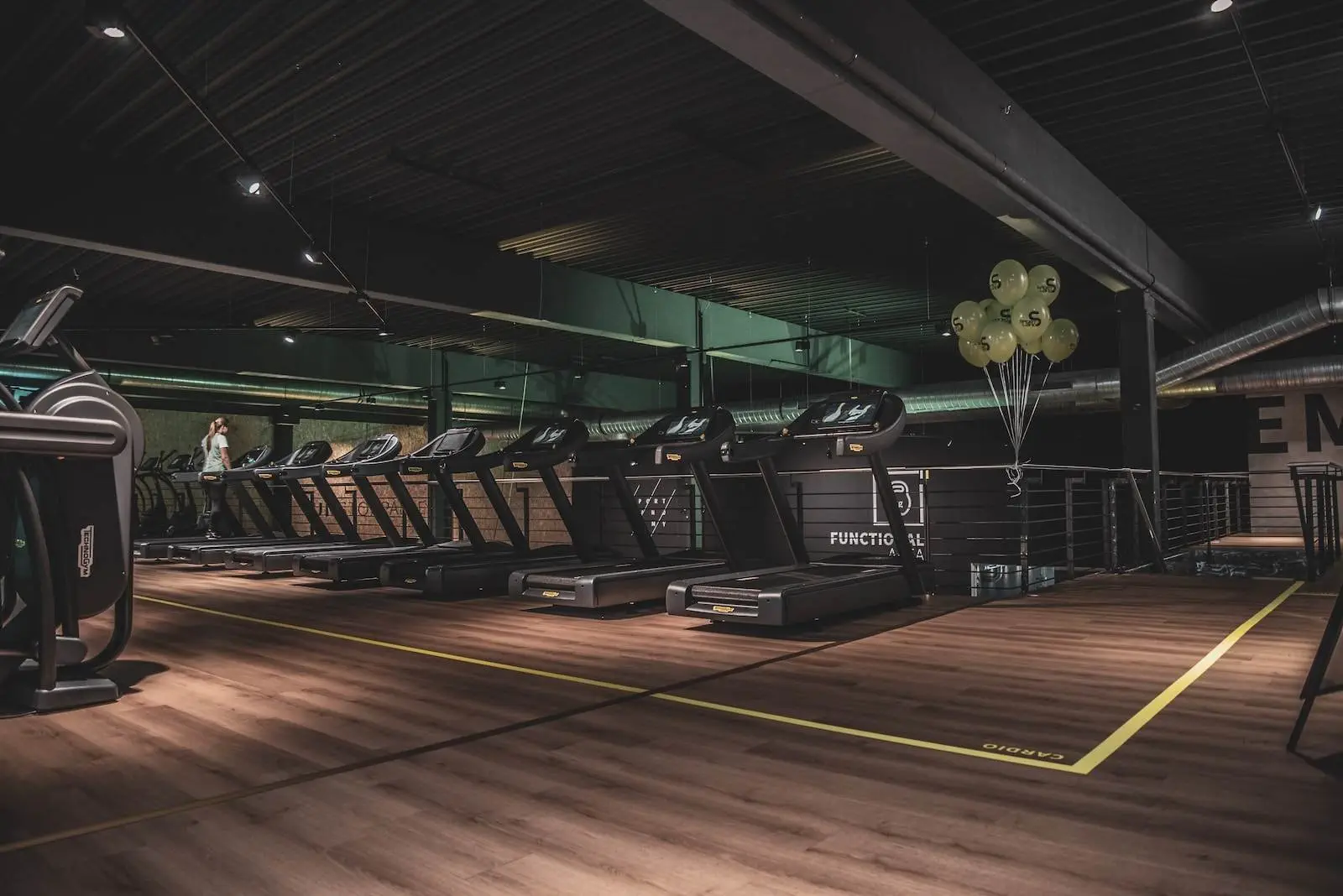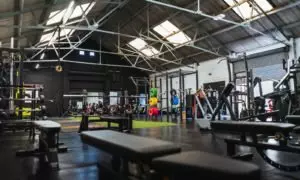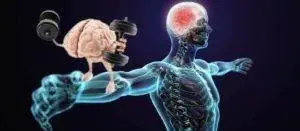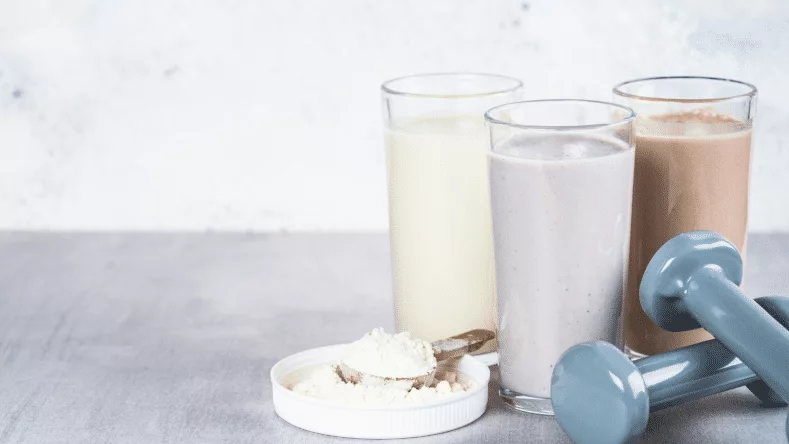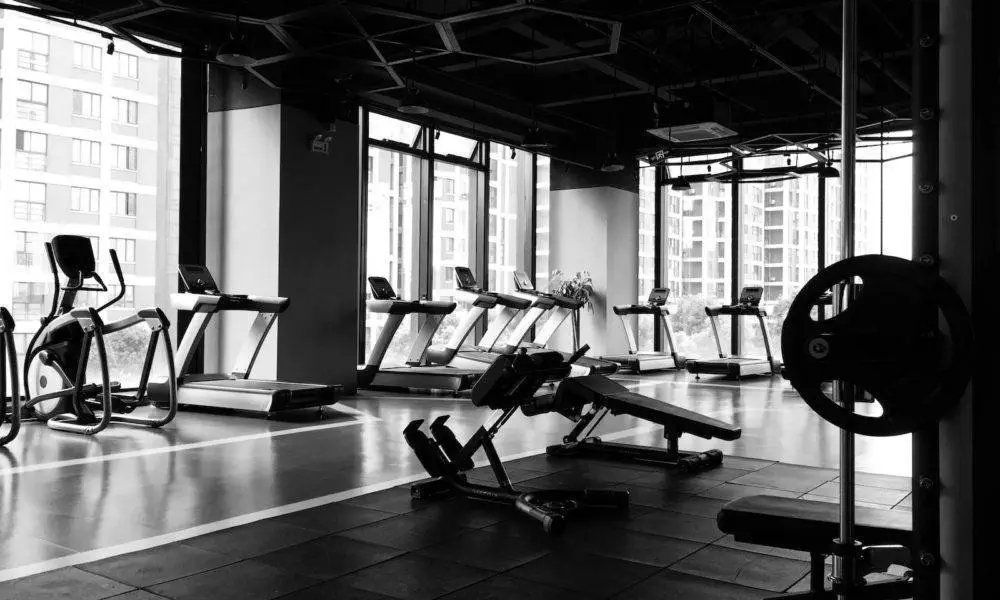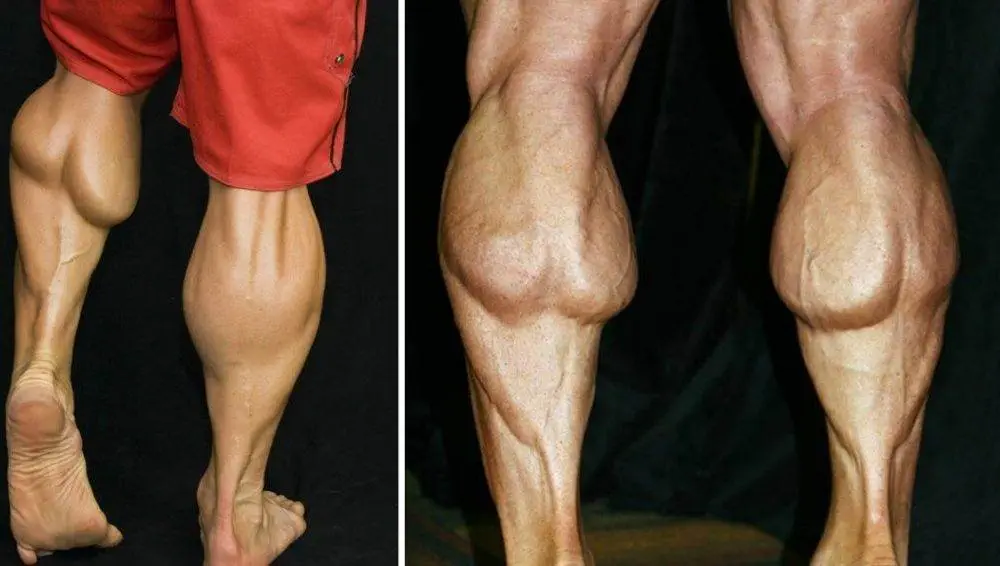Running a gym or fitness facility involves managing numerous risks and potential liabilities. To ensure the long-term success and stability of your business, it’s crucial to have the right insurance coverage in place. In this article, we will explore the key types of insurance policies that every gym owner should consider. From general liability insurance to property insurance, professional liability insurance, and workers’ compensation insurance, understanding these coverage options will help you safeguard your fitness business.
-
General Liability Insurance:
General liability insurance is a fundamental coverage that every gym owner should prioritize. It protects your business from third-party claims for bodily injury, property damage, and personal injury that occur on your premises. Whether it’s a slip and fall accident, equipment-related mishap, or any other incident that leads to injury or damage, this coverage provides financial protection and legal defense.
-
Property Insurance:
Property insurance is vital for safeguarding your gym’s physical assets. It covers the building, exercise equipment, furnishings, and other contents against damage or loss caused by fire, theft, vandalism, or natural disasters. With the high value of gym equipment, property insurance is indispensable in helping you recover financially if unexpected events occur.
-
Professional Liability Insurance:
Professional liability insurance, also known as errors and omissions insurance, is particularly important if your gym offers specialized training programs or employs personal trainers. It protects your business from claims of negligence, errors, or omissions in the provision of professional services. If a client alleges that they were harmed or didn’t achieve desired results due to insufficient guidance or advice, professional liability insurance can cover legal expenses and potential settlements.
-
Workers’ Compensation Insurance:
If you have employees working at your gym, workers’ compensation insurance is essential. It provides coverage for medical expenses, rehabilitation costs, and lost wages in the event that an employee suffers a work-related injury or illness. Workers’ compensation not only protects your employees but also shields your business from potential lawsuits arising from workplace accidents.
-
Cyber Liability Insurance:
In today’s digital age, protecting sensitive client data is of utmost importance. Cyber liability insurance helps mitigate the risks associated with data breaches, cyberattacks, and privacy violations. It provides coverage for legal expenses, notification costs, credit monitoring services, and potential damages resulting from a cyber incident. As gyms increasingly rely on technology and store client information electronically, this coverage is becoming more critical than ever.
Conclusion:
As a gym owner, understanding and securing the right insurance coverage is vital for protecting your fitness business. General liability insurance shields you from accidents and injuries, while property insurance safeguards your physical assets. Professional liability insurance provides peace of mind when offering specialized training programs, and workers’ compensation insurance protects your employees and mitigates potential legal issues. Lastly, cyber liability insurance helps safeguard client data in an increasingly digital world.
By investing in these essential insurance policies, you can mitigate financial risks, protect your reputation, and ensure the long-term success of your gym. Consult with an experienced insurance professional to assess your specific needs and tailor a comprehensive insurance plan for your fitness business. Don’t wait until it’s too late—take proactive steps to secure the future of your gym today.
You have visited 0 post(s)


